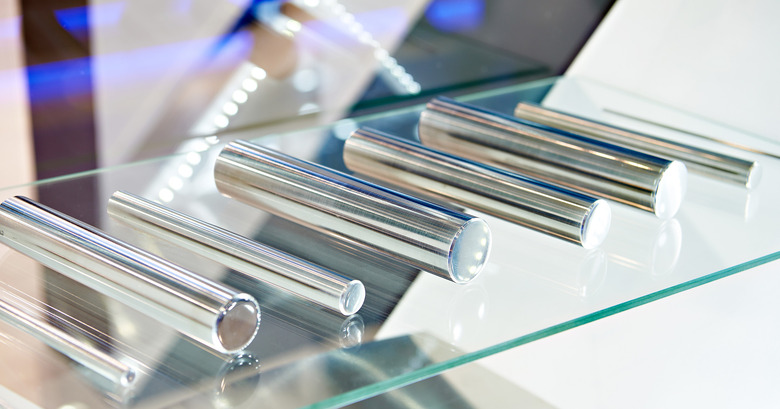Researchers Developed An Ultra-Hard New Alloy That Can Survive At 1,400 Degrees
When it comes to building the future, not all metals are up to the task. Whether it's hypersonic jets, next-gen nuclear reactors, or fusion power plants hotter than the Sun, extreme environments demand materials that don't flinch under pressure—or heat.
Now, a team of U.S. researchers has unveiled a breakthrough ultra-hard alloy that can take the heat—up to 1,400 degrees Fahrenheit (800 degrees Celsius) to be exact—and still keep its cool.
This new copper-based alloy doesn't just raise the bar for temperature resistance. It also boasts a yield strength of 1120 megapascals (MPa), making it one of the strongest materials on Earth. For comparison, common carbon steel typically tops out at around 700 MPa.
This is a serious upgrade in toughness, especially considering that copper alloys are usually known more for conductivity than strength. And it could be a key material for building generators needed to power limitless energy efforts. But how did the researchers make such a strong and ultra-hard alloy?
Well, the key lies in a smart bit of nano-engineering. The researchers created copper-lithium precipitates wrapped in a layer of tantalum, a metal famous for its resistance to corrosion and high temperatures. Then, with a microscopic tweak—they added just half a percent of lithium—they changed the shape of these precipitates into stable cubes rather than the spheres typically used.
That small shift made a massive difference in how the material holds up under stress and heat. The result is an ultra-hard alloy that doesn't deform easily under pressure and keeps its structure intact when most metals begin to warp or melt. That's crucial for components in aircraft, power systems, or weaponry, where failure simply isn't an option.
The study's authors say they had to think outside the box to bring the new alloy to life. By doing so, they're opening new doors to new materials that could change how we build our future.
Published in Science, the research highlights how atomic-scale design can transform ordinary materials into engineering marvels. If scaled successfully, this ultra-hard alloy could become a go-to material for building the extreme machines of tomorrow.
